Heavy Metals in the Aquatic Environment — Sampling and Laboratory Techniques
NRTG’s MicroCourses offer focused, accessible training designed to build practical skills in just a few hours. This four-hour MicroCourse is part of our Water Quality & Safety Series and provides an in-depth, real-world look at heavy metals—some of the most complex and consequential chemical parameters in aquatic environments.
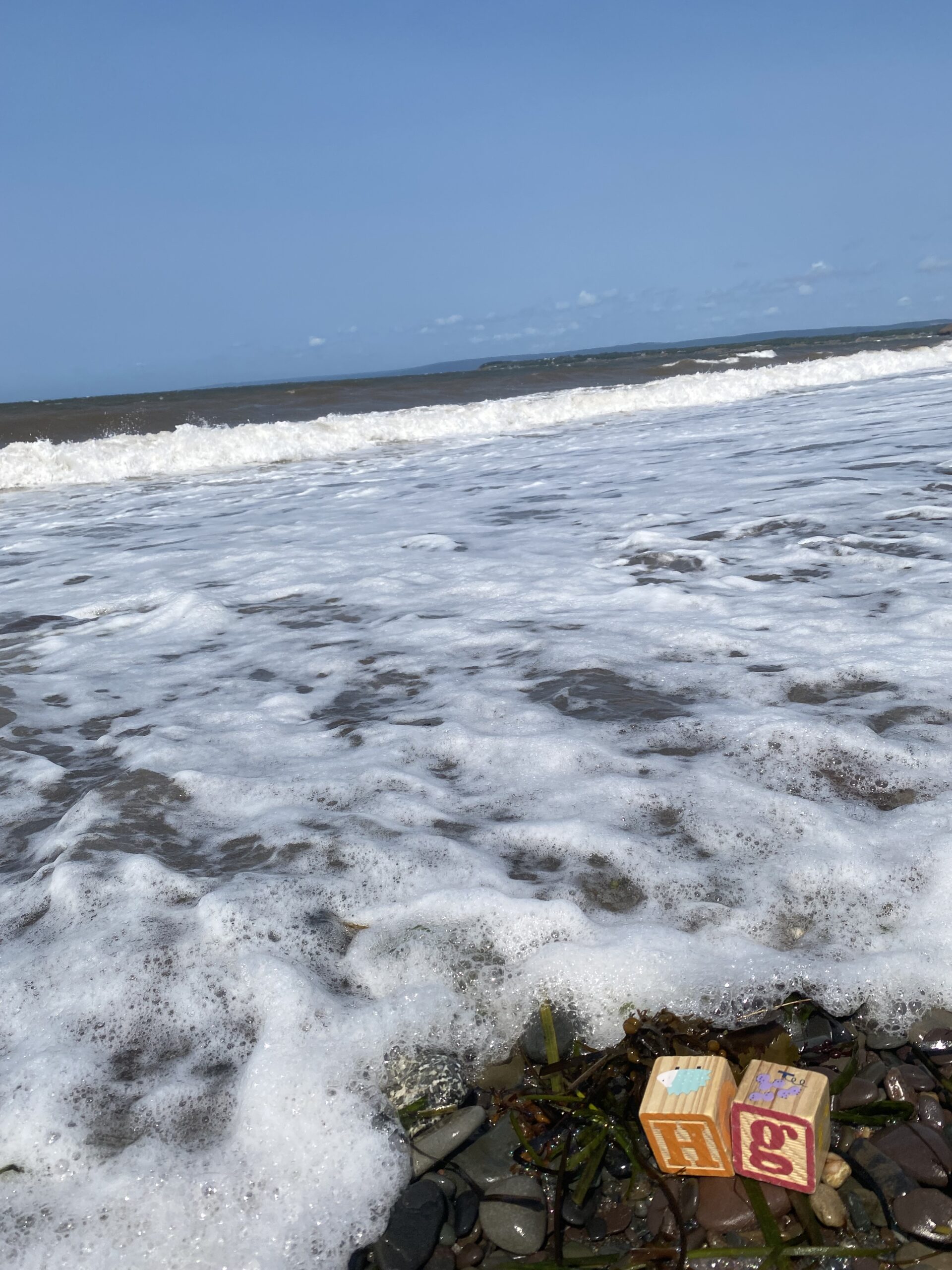
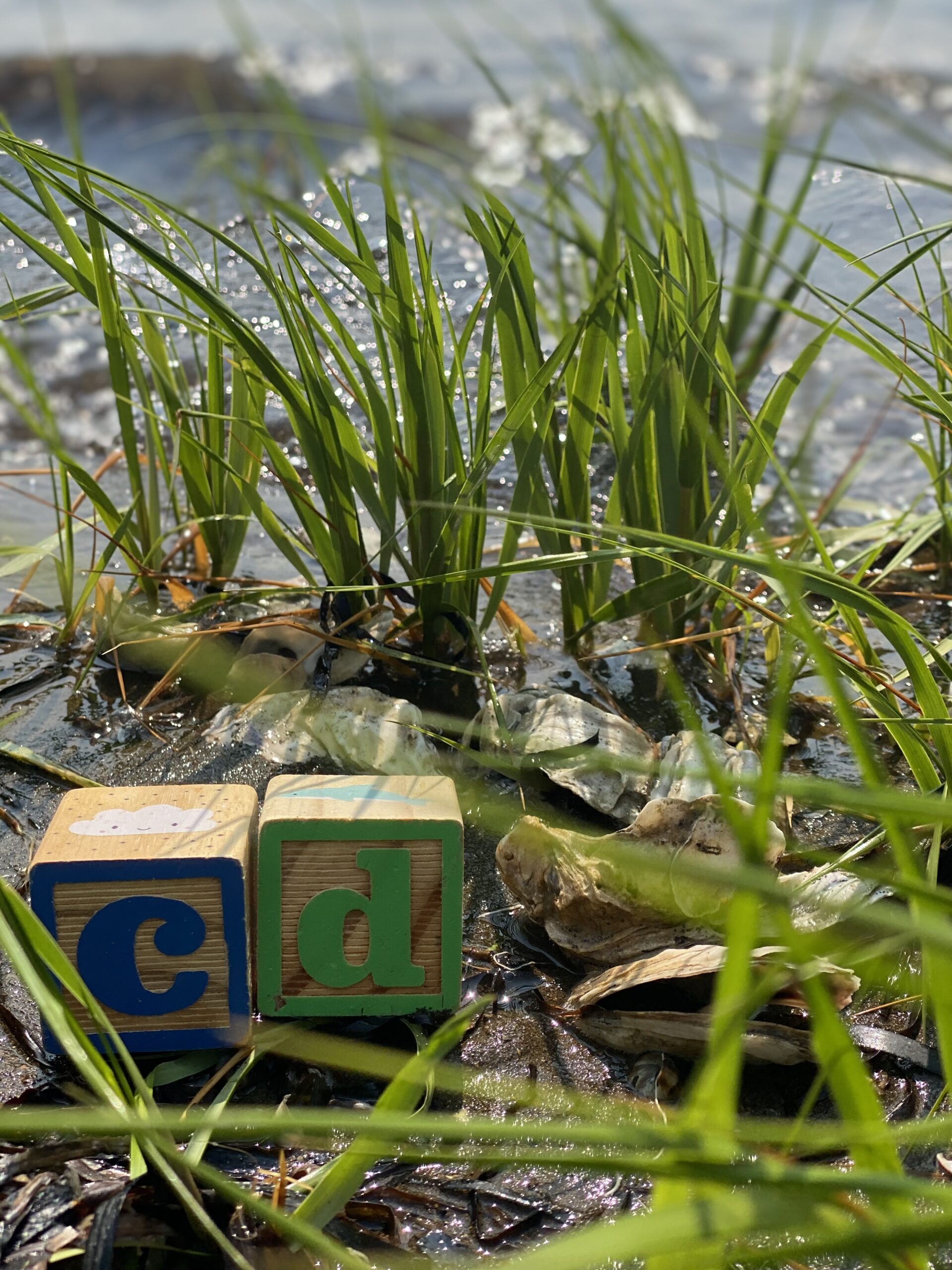
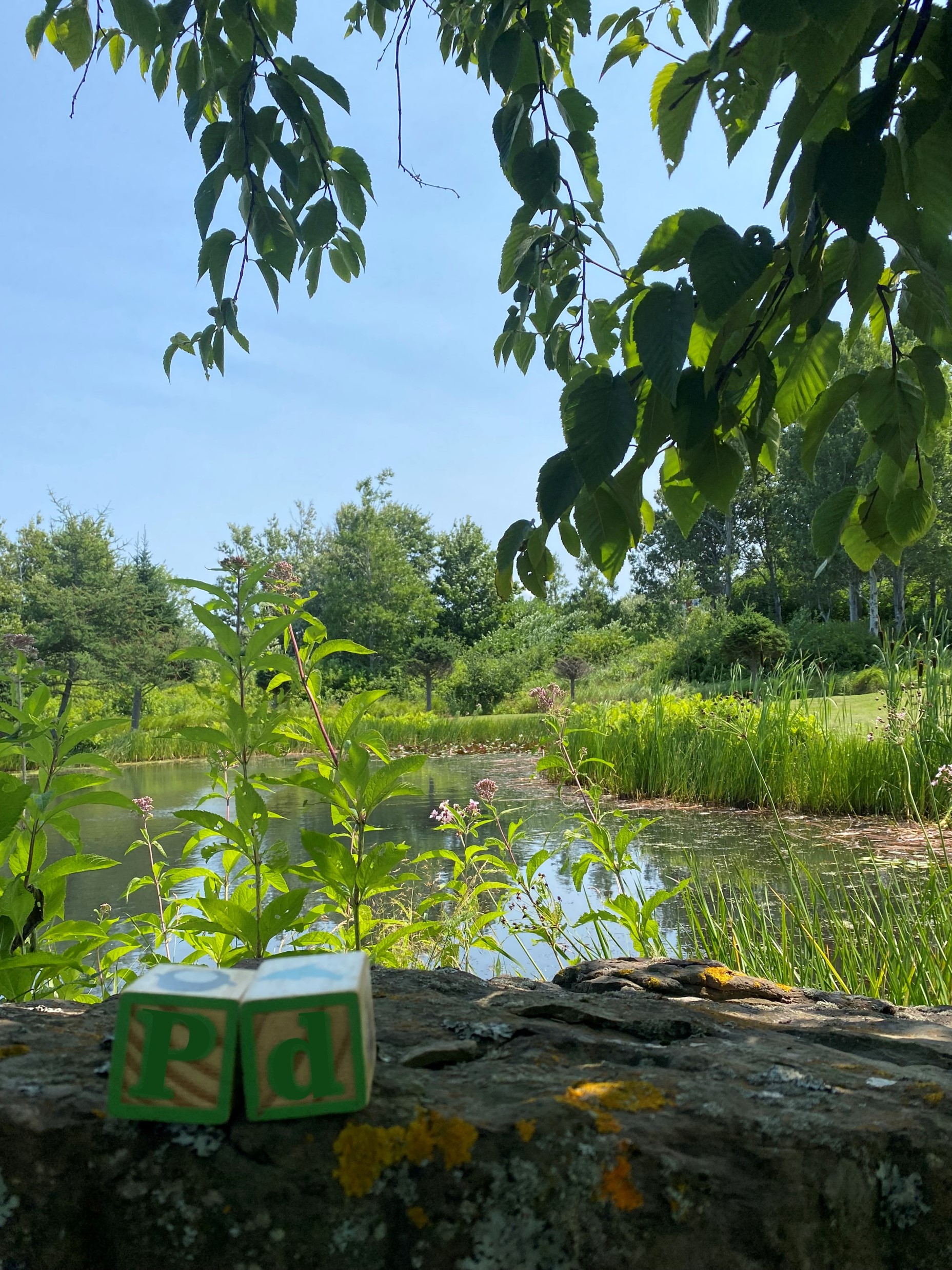
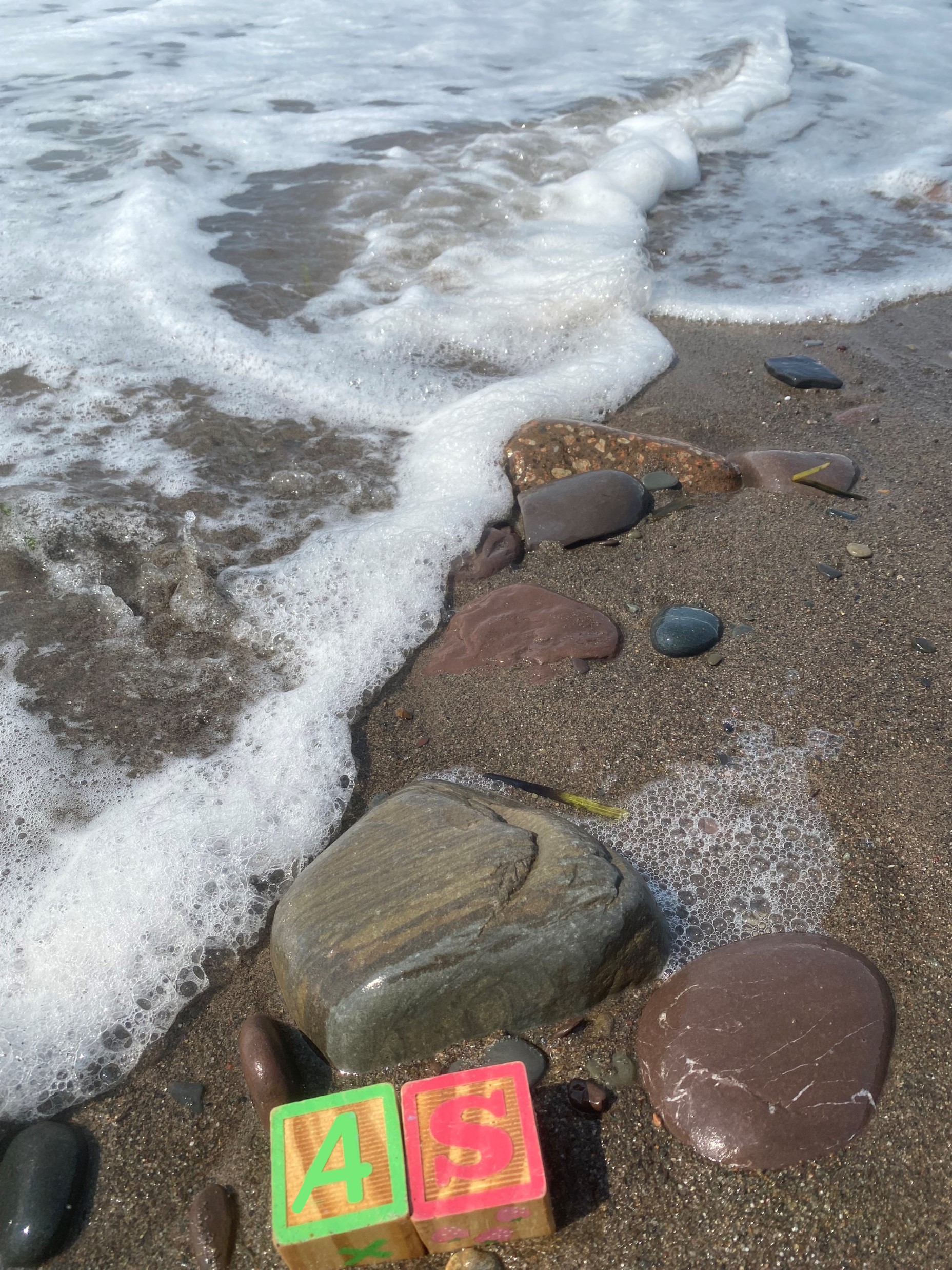
Focusing on arsenic, cadmium, lead, and mercury, the course explores their environmental behavior, chemical forms, and pathways through water, sediment, and biota. Participants will learn how toxicity varies with speciation and exposure, and how these metals persist and accumulate in ecosystems.
The MicroCourse also covers sampling and analysis techniques for water, sediment, and tissue—highlighting methods for preventing contamination, ensuring data accuracy, and producing credible, defensible results. Students will gain a practical understanding of how heavy metals are tracked, measured, and assessed against environmental guidelines.
Interactive elements like knowledge checks, breakout sessions, and real-world examples help simplify complex concepts and reinforce learning.
Topics include:
- Properties and toxicity of arsenic, cadmium, lead, and mercury
- Speciation, mobility, and environmental impact
- Sampling techniques for water, sediment, and tissue
- Contamination control and QA/QC best practices
- Comparing results to environmental guidelines
This MicroCourse is ideal for environmental professionals, field staff, and anyone working in water quality or contamination assessment. It offers a clear, applied introduction to how heavy metals behave in the environment—and why understanding them is essential to protecting water, communities, and ecosystems.
Format: 2 x 2-hour sessions.
Lindsey Felix, BSc, PhD, RPBio, PBiol
Instructor and Editor
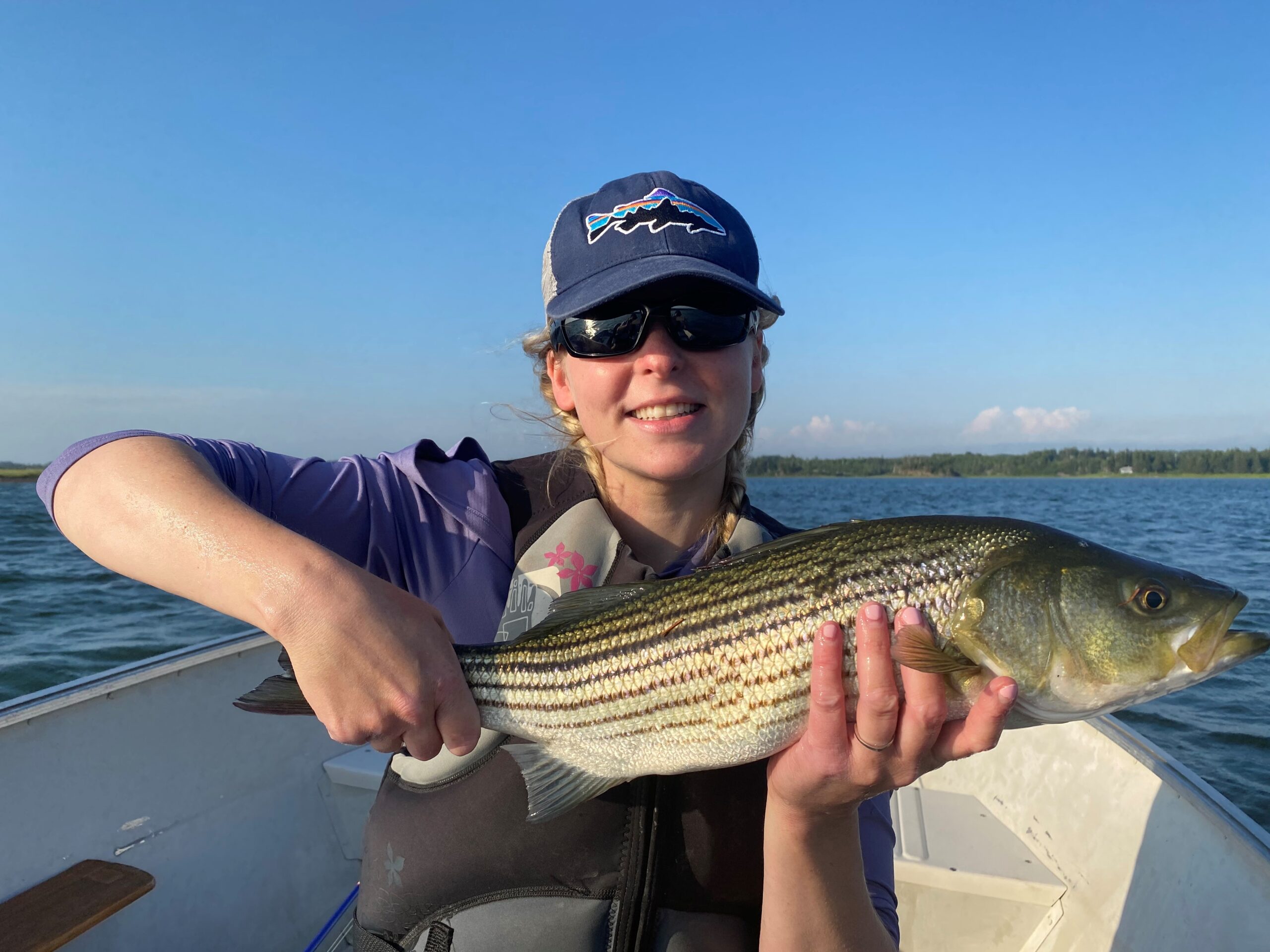
Lindsey Felix is a scientist and instructor with seven years of professional experience in environmental consulting. She holds a Ph.D. in Aquatic Toxicology from the University of Alberta, where her doctoral research investigated the toxicology of nanomaterials in fish. Lindsey also holds a B.Sc. in the Marine Biology Cooperative Program with a Minor in Environmental Studies from Dalhousie University. She is working to receive a Graduate Diploma in Fisheries Resource Management at Memorial University of Newfoundland.
Lindsey’s consulting and laboratory experiences have involved various inorganic and organic compounds. She has contributed to field programs, risk assessments, and ecotoxicological studies across Canada, including environmental monitoring and assessments. She has supported over 100 technical deliverables and published 10 peer-reviewed journal articles and two book chapters. One notable example is her 2016 study published in Carbon titled “Physicochemical properties of functionalized carbon-based nanomaterials and their toxicity to fishes” (Felix, L.C. et al. 2016. Carbon, 104: 78–89).
Currently, Lindsey works as a Science Consulting Editor with Trinity Consultants Canada Water & Ecology (Ecofish Research Ltd.) and teaches for the Natural Resources Training Group and MacEwan University. She has developed and instructed courses in Ecotoxicology, Occupational Toxicology, and the Environmental Field Skills Program.
Lindsey is a Registered Professional Biologist in British Columbia and a Professional Biologist in Alberta. Based in Nova Scotia, she enjoys helping others learn, writing clear documents, and providing technical insight for multidisciplinary environmental projects.
